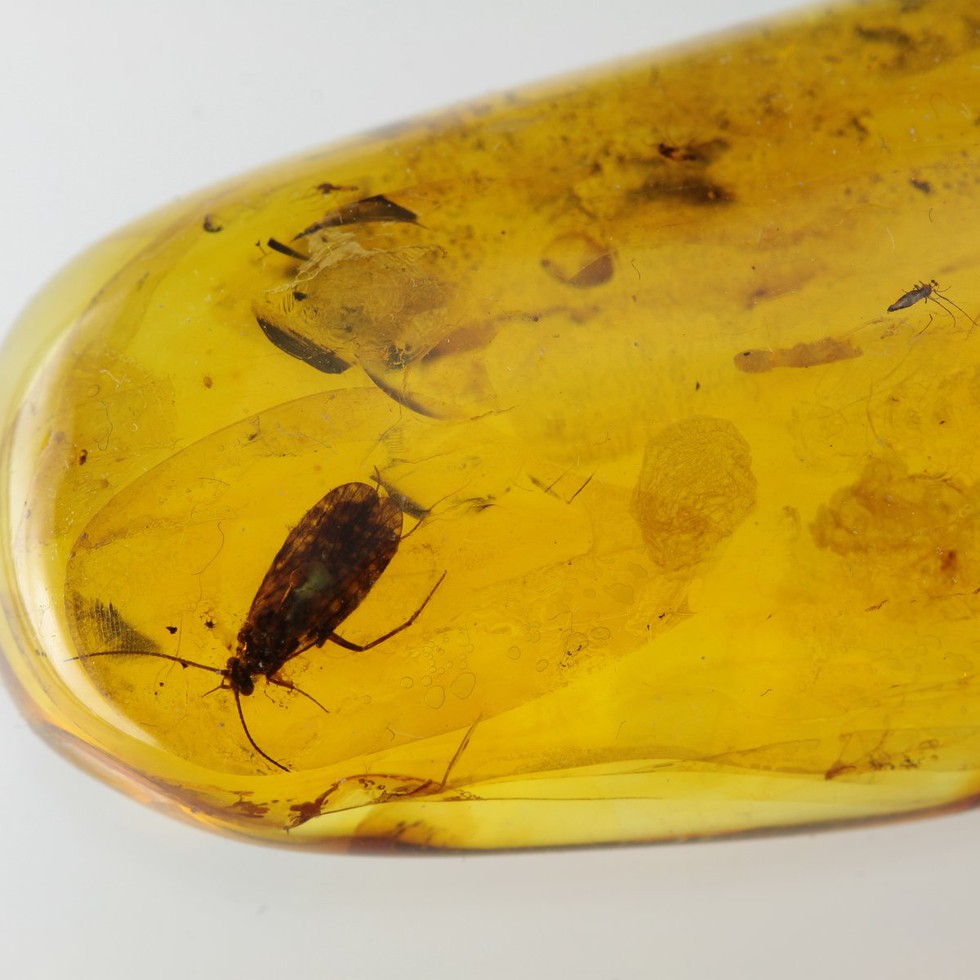
About Amber:
State Bank of India, HDFC Bank and IC...
World Diabetes Day was recently obser...
Ahuna, a post-harvest festival of the...
Scientists recently discovered amber ...
A team of researchers recently discov...
Union Minister for Youth Affairs & Sp...
Recently, the director of CSIR-Nation...
Scientists from the International Cen...
Recently, the Secretary, Department o...
Australia has come up with a new sche...